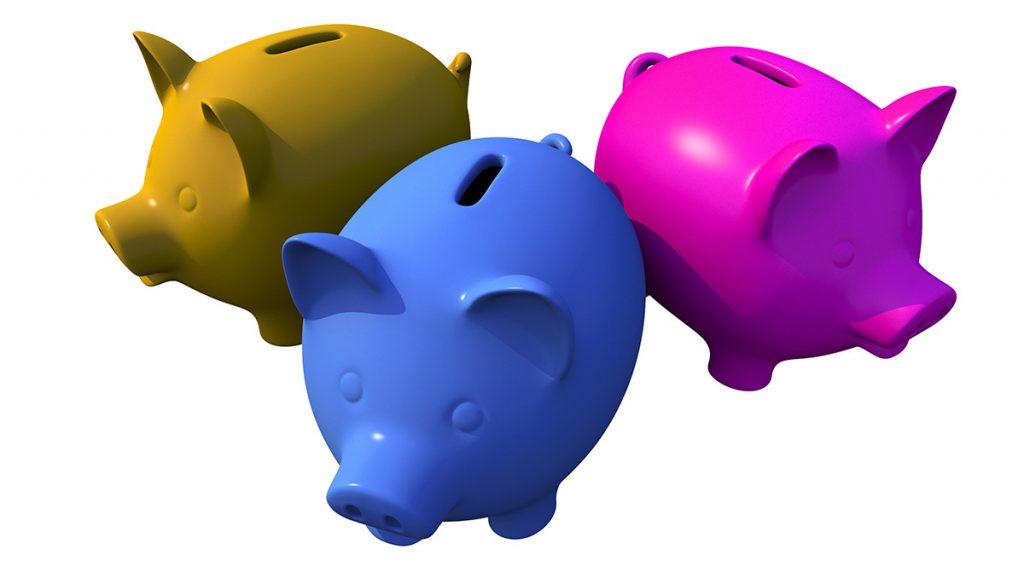By Penny Collicoat – Principal at EDGE Peninsula
Do you ever look back at your earlier years and wish you had saved more? Sure, you have plenty of amazing memories but have also developed a penchant for nice “things” and a habit for spending and wanting now. It also doesn’t help that with the evolution of social media are instantly presented with the latest and greatest. Spending habits are learnt early and teaching our children the value of dollar is a vital lesson that you can’t expect anyone else to do for you, so starting young helps. Here are a few simple tips that your children can take on board and hopefully use as they get older.
- If you are giving your child pocket money or are thinking about starting, include a percentage that goes in to a savings account for them. They will be able to see the balance grow and see how a bank account works including fees and interest. Help them find a low fee bank account or one with a higher interest rate.
- If they are saving some money, let them make mistakes with their spending money, even if you don’t want to watch them buy another soft toy, pink nail polish or lego set. Talk to them about what they might want that they will use or play with for a long time rather than for a few minutes. However, it’s often in our mistakes that we learn the most. I’d rather watch my child waste their money on a $5 toy than a $30,000 car!
- As they get older and they are getting their first jobs (a vital lesson in leaning the value of a dollar), explain how tax and super works. Their tax helps our community by paying for hospitals, schools and roads etc. Show them that they can choose where their super is invested and how it works. If you are unsure about any of these things there are plenty of books and online tutorials to help that you can watch before talking to them or do it together.
- Talk to your kids about budgeting. There are some great apps you can get for all ages. From simple ones that they enter a saving goal or amount and it calculates how much they need to save over a period of time or how long it will take to save for if they put a certain amount in each week. There are also more sophisticated apps that have your bank transactions feed in to it and you can monitor how much and where you are spending your money. Even saving $20 a week can make a difference and creates positive habits.
Like most lessons with kids, the more open and communicative we are with them, the more likely they are to learn, ask questions and take it on board, but always remember that the example we set is most likely the one our children will follow.


